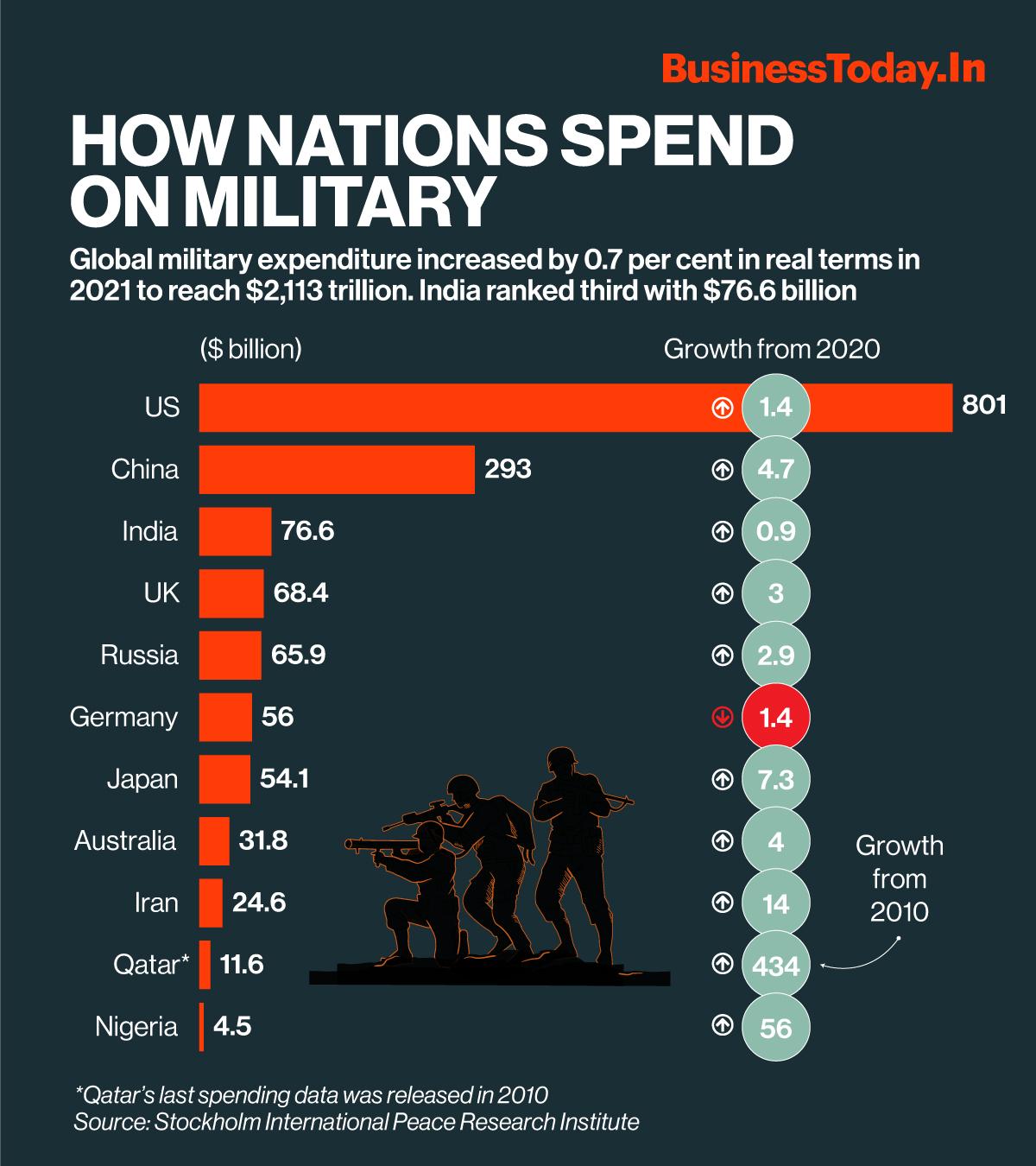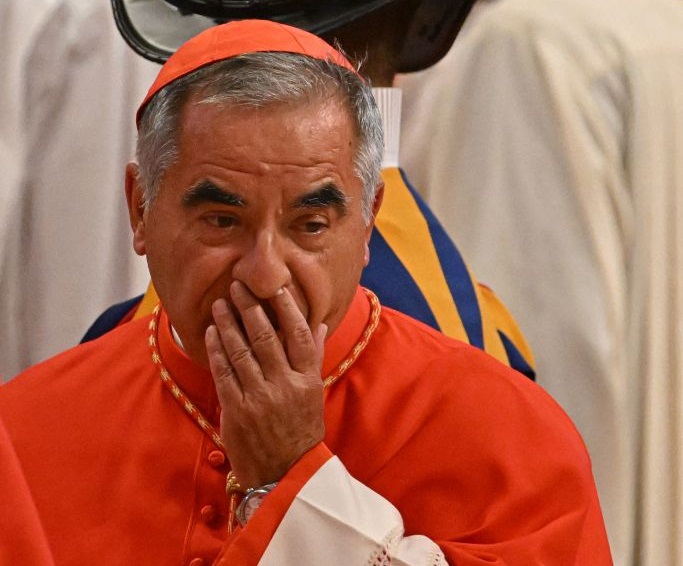Global Military Spending Surge: Europe's Response To The Russian Threat

Table of Contents
The Ukraine War as a Catalyst
Increased Perception of Russian Threat
The invasion of Ukraine dramatically altered perceptions of Russia's military capabilities and intentions, highlighting vulnerabilities in European defenses. The conflict exposed weaknesses previously underestimated, forcing a reassessment of European security strategies.
- Underestimation of Russian aggression: The swift and brutal nature of the invasion shocked many, revealing a miscalculation of Russia's willingness to use military force.
- Exposure of weak points in NATO's Eastern flank: The war highlighted the vulnerability of NATO's eastern members, particularly those bordering Russia and Ukraine, underscoring the need for enhanced defensive capabilities.
- Demonstration of hybrid warfare tactics: Russia's deployment of disinformation campaigns, cyberattacks, and other hybrid warfare tactics demonstrated the multifaceted nature of modern conflict and the need for comprehensive defense strategies.
The initial phases of the invasion, including the rapid advance on Kyiv and the siege of Mariupol, starkly revealed the shortcomings in intelligence assessments and the preparedness of some European nations. Russia's use of precision-guided munitions and its exploitation of cyber vulnerabilities further exposed critical gaps in European defense systems.
Shifting Geopolitical Landscape
The war has accelerated a shift in the geopolitical landscape, pushing Europe towards a more assertive security posture. The conflict has strengthened existing alliances and fostered closer military cooperation.
- Strengthening of NATO alliances: The war has reinvigorated NATO, with increased military deployments to Eastern Europe and a renewed focus on collective defense.
- Increased military cooperation between European nations: European countries have intensified their cooperation on defense matters, sharing intelligence and coordinating military exercises.
- Renewed focus on defense capabilities: There is a renewed emphasis on investing in modern weaponry, enhancing cyber defenses, and improving military readiness.
The increased coordination between NATO members is evident in the enhanced deployments of troops and equipment to the eastern flank and the increased frequency and scope of joint military exercises. The EU has also taken steps to strengthen its defense capabilities, including the creation of a European Defence Fund.
The Surge in European Military Spending
Increased Defense Budgets
Many European nations have announced significant increases in their defense budgets, exceeding previous commitments and targets. This reflects a determination to address perceived security vulnerabilities and enhance defense capabilities.
- Specific examples of countries increasing military spending: Germany, Poland, and the UK are among the countries that have announced substantial increases in their defense budgets.
- Percentage increases in budgets: Many countries are pledging to increase defense spending to 2% or more of their GDP, a benchmark set by NATO.
- Planned investments in new military equipment: These increased budgets are fueling investments in advanced fighter jets, air and missile defense systems, and other modern weaponry.
Germany, for instance, has announced a significant increase in its defense budget, aiming to reach 2% of GDP. Poland has also undertaken major investments in military equipment, procuring advanced weaponry and expanding its armed forces. The UK's defense budget has also seen substantial increases, reflecting a commitment to maintain a strong military presence.
Focus on Modernization and Capabilities
The spending increase isn't just about bigger budgets, but about modernizing armed forces and investing in critical capabilities to counter emerging threats.
- Investments in cyber warfare capabilities: European nations are recognizing the importance of cyber security and are investing heavily in their cyber warfare capabilities.
- Enhancements to air and missile defense systems: There is a significant focus on improving air and missile defense systems to counter potential threats.
- Procurement of advanced weaponry: Many countries are acquiring advanced weaponry, such as fighter jets, tanks, and drones.
This modernization includes upgrading existing infrastructure, improving training programs, and developing new technologies. The emphasis is on ensuring that European militaries have the capabilities to deter aggression and respond effectively to a range of modern threats, including hybrid warfare and cyberattacks.
Implications and Challenges
Economic and Social Costs
The massive increase in military spending has significant economic and social consequences. The increased expenditure requires careful management to avoid negative impacts.
- Potential strain on national budgets: Increased defense spending can strain national budgets, potentially leading to cuts in other areas.
- Impact on social programs: The increased spending may necessitate cuts in social programs or increased taxation to maintain budgetary balance.
- Potential for increased taxation: Governments may need to increase taxes to fund the increased defense spending.
The economic consequences are a significant concern. The trade-offs between increased military spending and investment in other crucial sectors like healthcare and education must be carefully considered and managed.
Strategic Implications
The increased military spending has broad strategic implications for Europe and the global order. It alters the balance of power and potentially impacts relations with other nations.
- Deterrence against further Russian aggression: The increased military capability aims to deter further Russian aggression and protect European interests.
- Potential for escalation of tensions: The increased military build-up could lead to an escalation of tensions with Russia, increasing the risk of conflict.
- Impact on relationships with Russia and other global actors: The shift in European security policy could affect relations with Russia and other global actors.
The long-term consequences of this increased military spending are complex and far-reaching, requiring careful consideration of potential unintended consequences.
Conclusion
The war in Ukraine has undeniably sparked a significant global military spending surge, particularly within Europe. The increased investment in defense capabilities reflects a new strategic reality, one where the threat from Russia is perceived as more serious and immediate. While bolstering defense capabilities offers crucial deterrence, careful consideration of the associated economic and social costs, along with the broader geopolitical implications, is paramount. Understanding the intricacies of this global military spending surge and its impact on European security is crucial for informed debate and policymaking. Continue reading to explore more detailed analyses of Europe's response to the Russian threat and its global impact.

Featured Posts
-
 Eurovision 2024 Irishman Makes History With Armenian Performance
Apr 30, 2025
Eurovision 2024 Irishman Makes History With Armenian Performance
Apr 30, 2025 -
 Appello Processo Becciu Il 22 Settembre Si Decide
Apr 30, 2025
Appello Processo Becciu Il 22 Settembre Si Decide
Apr 30, 2025 -
 Yankees Salvage Series Finale Rodons Dominant Performance Against Guardians
Apr 30, 2025
Yankees Salvage Series Finale Rodons Dominant Performance Against Guardians
Apr 30, 2025 -
 Kentucky Storm Damage Assessments Delays And Reasons
Apr 30, 2025
Kentucky Storm Damage Assessments Delays And Reasons
Apr 30, 2025 -
 How To Watch Untucked Ru Pauls Drag Race Season 17 Episode 8 Without Cable
Apr 30, 2025
How To Watch Untucked Ru Pauls Drag Race Season 17 Episode 8 Without Cable
Apr 30, 2025
